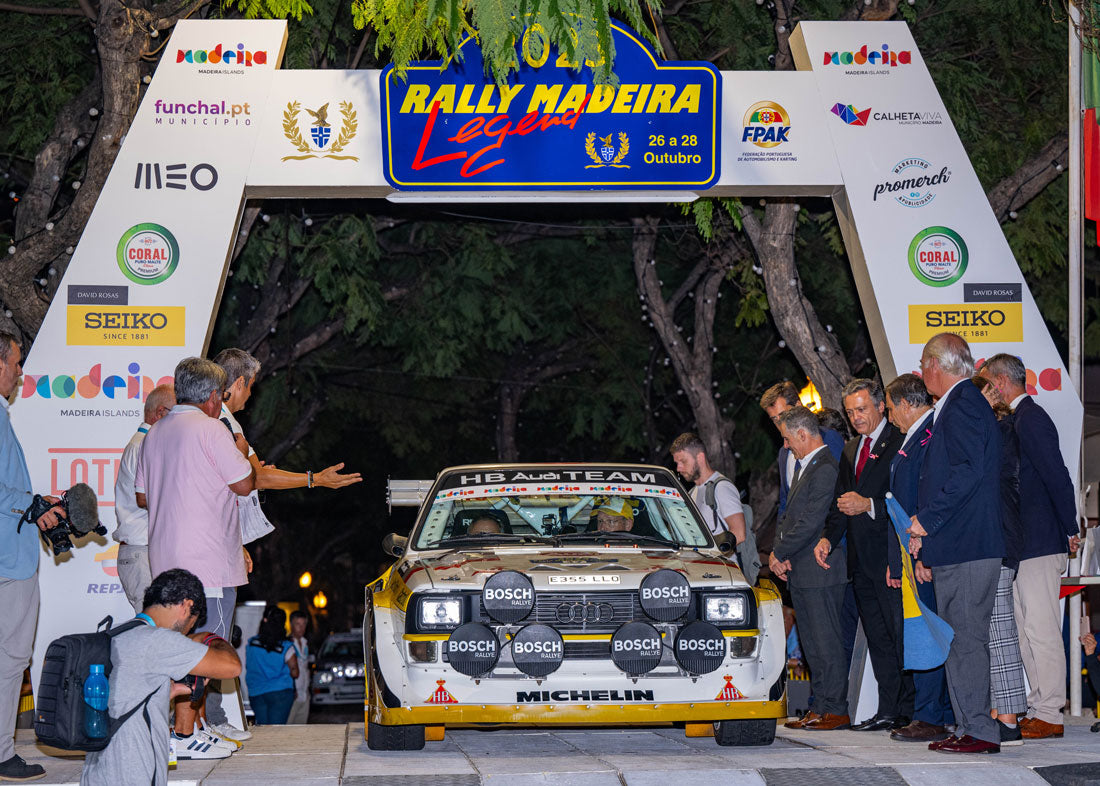Racing watches

Timekeeping is essential in top-level sport and in
motorised sports, where everything happens at high speed,
this factor is crucial. If today we associate equipment
such as transponders, antennas and photocells with the
measurement of lap times and speed, the wristwatch - the
racing watch - has long been the answer to this
requirement.
For drivers and their teams, or for aficionados who
passionately follow motor racing in an environment where
everything is measured in tenths, hundredths and
thousandths of a second, these watches have always been
working tools rather than mere fashion accessories.
Mechanical performance and high precision are common to
motorsports and racing watches, with successive refinements
since the 1950s, when precision timekeeping in Formula 1
was, to give you an idea, in the tenths of a second...
However, three features have remained unchanged on these
watches: the chronograph function to measure times and
distances, a tachymeter to measure speed, and a highcontrast
dial to enable fast reading at high speed.
The dials were and are mostly white or black, with the
counters - two or three - in reverse colour to the
background. This gave rise to nicknames such as Panda, and
others still used by connoisseurs to designate historical
references that are today sought-after at auctions all over
the world.
Of the haute horlogerie brands that have created iconic
watches, few are as closely linked to motor racing as
Heuer, then TAG Heuer. In the 1960s, Heuer developed racing
watches much appreciated by drivers:

The AUTAVIA (AUTomotive + AVIAtion), launched in 1962, with rotating bezel in different versions: 60 minutes, 12 hours, GMT or diving with two types of scale.

The CARRERA, which appeared a year later and owes its name to the Carrera Panamericana, a race held in Mexico over six days and considered at the time the most dangerous in the world. It debuted with a 36mm diameter and a very simple dial, which favoured ease of reading over any other factor, and was for decades the brand's most successful model.

Finally, in 1969, the MONACO saw the light of day, evoking the Monaco Grand Prix, and became one of the brand's classics after being worn, in 1971, by the king of cool: Steve McQueen, in the film Le Mans.

In 1986 TAG Heuer launched the Formula 1, reaffirming the
brand's tradition and links to motor sport.
Although the watches in the 1st series were not racing
watches - they were quartz coloured watches, 3 hands, in
steel and fibreglass, with diving bezel - Formula 1 was the
common ground between Heuer and TAG. The former had
sponsored Ferrari and the latter had been a sponsor of
Williams, before buying 50% of McLaren International at the
end of the 1981 season. As well as having funded the
development of the 1.5-litre Porsche turbo engine that
would power the McLaren-TAG cars to consecutive world
championships in 1984 and 1985.
Ayrton Senna, the mythical Formula 1 driver, was an
ambassador for the brand, which launched a first tribute
watch, the 6000 model, in 1994. Since then different
limited editions have come out bearing his name.
And even if today you don't wear one of these watches to
time lap times and speed, it will always be one of the most
passionate pieces of haute horology, which carries in its
heritage a mix of risk, speed and a touch of understated
luxury.




